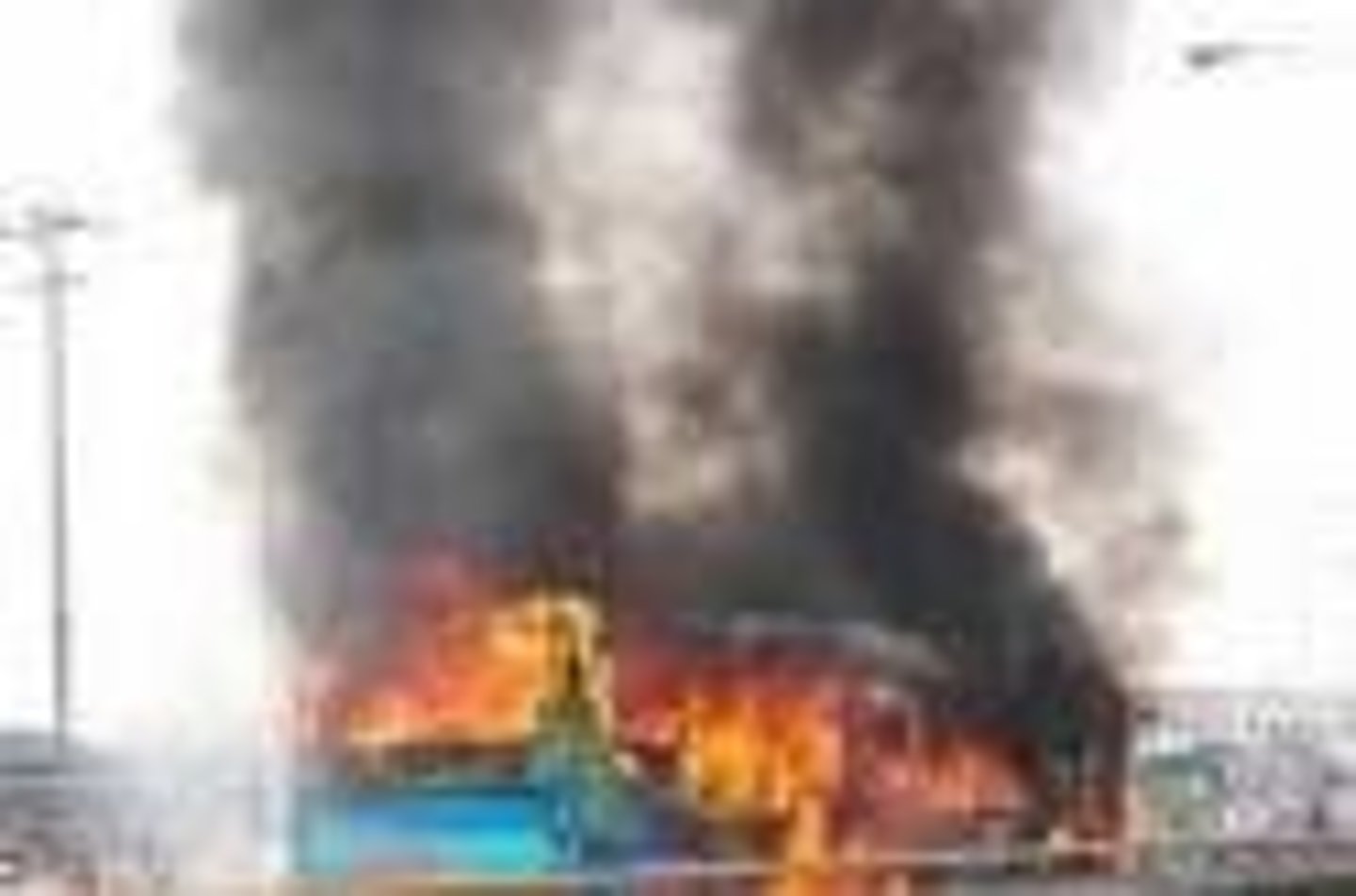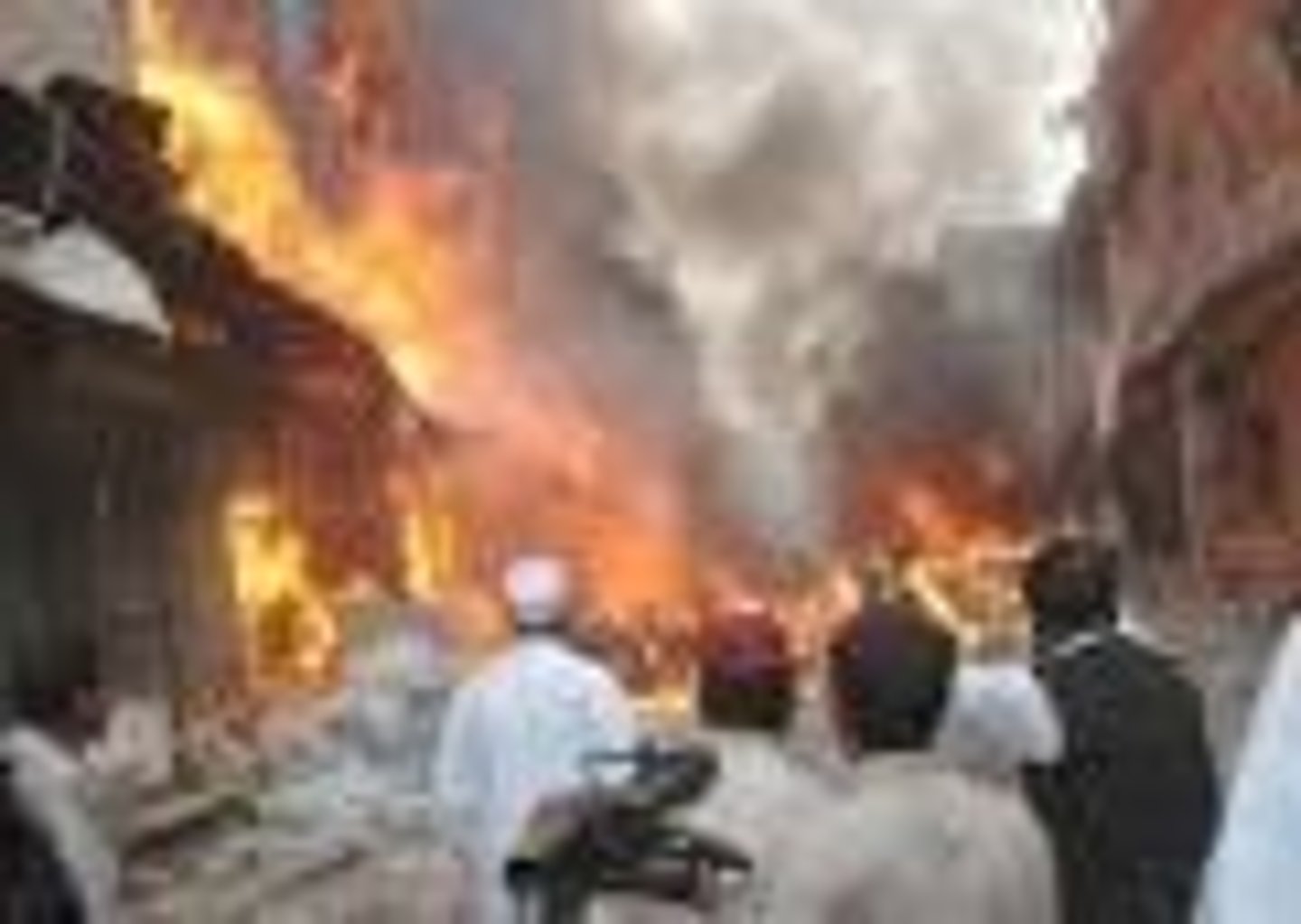Anti & Counter Terrorism: Strategies, Goals, and Scene Analysis
1/40
There's no tags or description
Looks like no tags are added yet.
Name | Mastery | Learn | Test | Matching | Spaced |
|---|
No study sessions yet.
41 Terms
Terrorism
The unlawful use of force or violence against individuals or property to coerce or intimidate governments or societies often to achieve political, religious or ideological objectives.
Terrorist Incident
A violent act dangerous to human life in violation of the criminal laws of the Philippines to coerce or intimidate government or societies to achieve political, religious or ideological objectives.
Terrorist
An individual who uses violence, terror and intimidation to achieve a result.
Broad Goal
To project uncertainty and instability in economic, social and political arenas.
Short-term terrorist goals
Gaining recognition, reducing government credibility or showing government incompetence, obtaining funds and equipment, disrupting communications, demonstrating power, delaying political process, eliminating opposition leaders, reducing the government economy, influencing elections, demoralizing and discrediting the security force, intimidating a particular group, causing a government to overact, and elevating social anxiety.
Long-term goals
Topple government, influence top-level decisions, gain legitimate recognition for their cause.
Bombings/Explosive
A method of terrorism involving the use of explosives to cause destruction and fear.
Arson
The willful and malicious burning or exploding of property as a form of terrorism.

Skyjacking/Hijacking
The unlawful seizure of an aircraft as a method of terrorism.
Seajacking/Marjacking
The unlawful seizure of a ship as a method of terrorism.
Ambush
A surprise attack by terrorists on unsuspecting individuals or groups.
Kidnapping
The unlawful taking and carrying away of a person by force or fraud as a form of terrorism.
Hostage-taking
The act of holding individuals against their will to compel action from authorities or governments.
Robbery and Extortion
The act of taking property unlawfully from a person or by threatening harm as a method of terrorism.
Assassination
The deliberate killing of a prominent person, often for political reasons.

International Narcotic Support
The involvement in drug trafficking to fund terrorist activities.
Thefts
The act of stealing, which can be used to fund terrorist operations.
Domestic Terrorism
Involves groups or individuals who are based and operate within the territorial jurisdiction of the Philippine Island and are directed at elements of our government or population.
International Terrorism
Involves groups or individuals who are foreign based or directed by countries or groups outside the Philippine territory or whose activities transcend national boundaries.
Non-combatant target
Persons or facilities that are not engaged in combat but are targeted by terrorists.
Facilities
Communication facilities/installation and power plants/lines that can be targeted by terrorists.
Exact location and interrelationship
The specific positioning and connections of permanent objects such as roads, buildings, trees, forests, rivers, bridges, and railroads.
Movable and temporary objects
The description and position of movable and temporary objects as tables, chairs, dishes, vehicles, tools, etc.
Positions of people or vehicles
The positions of people or vehicles in movement which are part of the incident and subject to immediate and continuous change after the incident, including the paths followed in their movements.
Clues or leads
Complete descriptions of clues or leads left on the incident scene. Clues or leads may be removable or destructible items such as fingerprints, footprints, bloodstains, paper fragments, wearing apparel, cigar or cigarette butts, ashes, excrement, etc.
Negative Facts
The absence of any conditions, materials, or objects which might reasonably be expected on the scene in view of the nature and circumstances of the incident is termed as negative fact.
Laboratory experts
In evidence from an incident scene, the agent enlists the services of technicians. These laboratory experts are called upon to make microscopic examinations, and chemical analysis of blood and body fluids, fingerprints, documents, etc.
Active Intelligence program
Combating terrorism requires intensive knowledge of the goals, intentions and capabilities of the terrorists. Active Intelligence program exploiting military, civilian and foreign information.
Inter-agencies' coordination
Inter-agencies' coordination and corporation.
Information of terrorists
Organizational structure, size, composition, identify and locations of terrorists, modus operandi, international and national support sources and personalities, motivations, logistics, training and tactics, intel capabilities, probable targets.
Physical Security
Preventing unauthorized access to equipment facilities, materials and documents in offices, quarters and installations. Regular conduct of physical survey.
Personnel Security
Measures taken to reduce the vulnerability of an individual for attack.
Awareness and compliance of SOPs
Awareness and strict compliance of SOPs is going to high-risk places alone.
Education and training of personnel
Proper education and training of personnel regarding terrorist counteractions to encourage vigilance and enhance further studies for more effective counteractions.
Total public cooperation
Immediate reporting of sighting of suspicious persons and activities.
Deterrence
Strict and hard line policies/laws against terrorism.
Sanctions against states
Sanctions to be imposed to states sponsoring terrorism.
Tracking terrorists
Quick and effective tracking worldwide of terrorists through good inter-agencies cooperation and coordination.
Non-acceptance of terrorism
Non-acceptance of terrorism as an act to achieve a certain goal.
Media's role
Media as a responsible tool to disseminate exact, complete and correct info to avoid panic to the public or else a very effective tool of terrorist to convey their cause.
Threat of a Counterforce
Presence of a greater Counterforce.